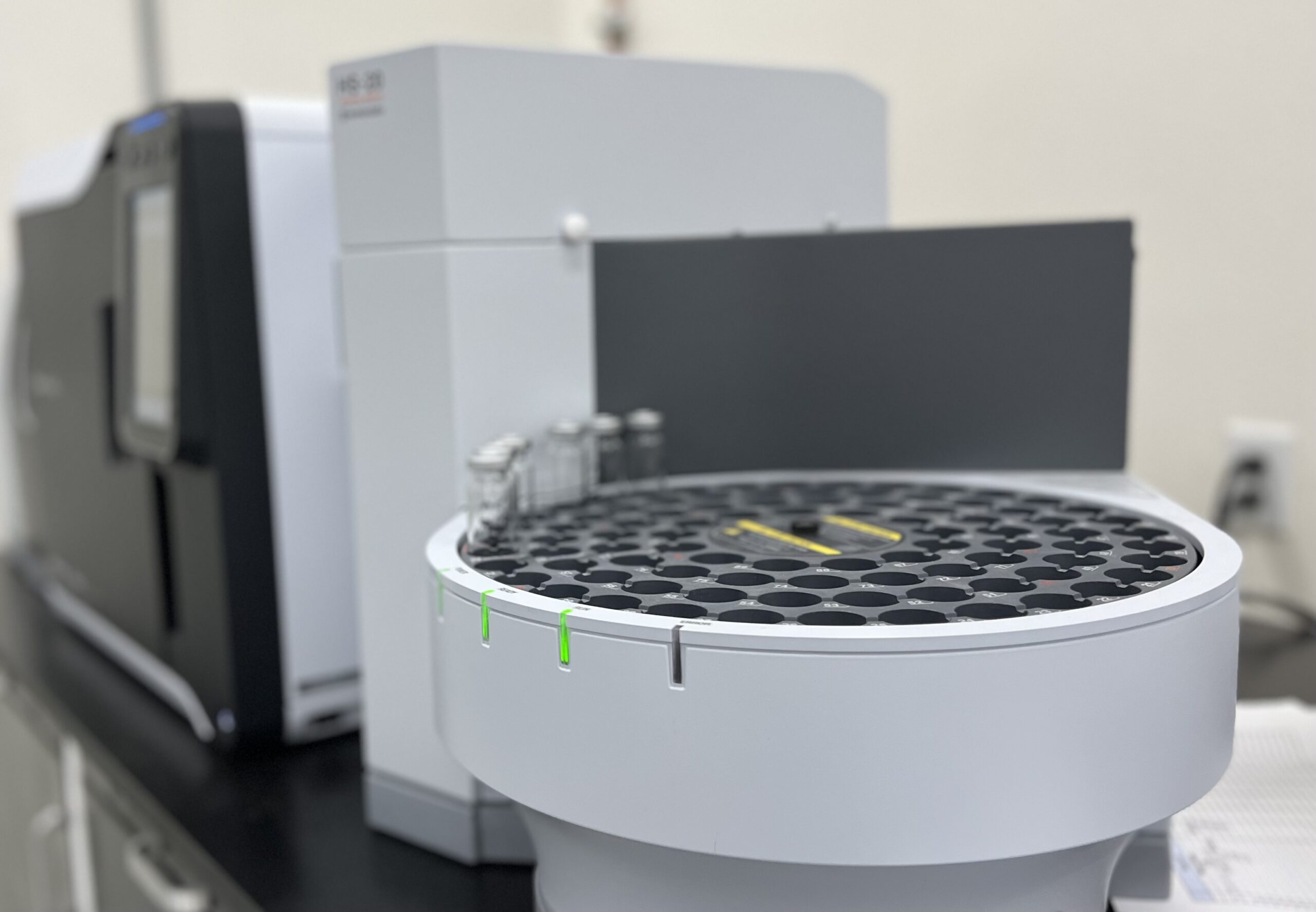Terpenes: Shifting the Potency Paradigm; Could terpenes be the next frontier of cannabis?
For years, THC potency has been the driving force behind cannabis purchase decisions. Cultivators, distributors, and retail locations have a heavy focus on potency levels as high percentages sell quickly. Unfortunately, consumers have been indoctrinated with the notion that high THC percentages are the single most important element to consider for the desired psychoactive experience.
This potency paradigm fails to consider other compounds that aid in the combined-effect cannabis plants produce. Although delta-9 THC is the primary psychoactive compound that interfaces with CB1/CB2 receptors, terpenes work synergistically to enhance and help define the experience. Terpenes are the building blocks of essential oils and are responsible for the fragrance and flavor of different cannabis strains. In addition, research has shown that terpenes exhibit physiological benefits including reducing inflammation, lowering anxiety and diminishing pain levels.
This botanical synergy is titled, “The Entourage Effect”. To date, scientists have isolated ~150 different cannabinoids, in addition to ~200 different terpenes in cannabis plants. Most testing facilities, including Excelbis Labs, focus on the most common compounds which include ~12 cannabinoids and ~23 terpenes. When terpenes are consumed with different cannabis compounds, especially delta-9, the psychoactive effects and physiological benefits can be enhanced.
“We encourage our clientele to screen their products for terpenes to better serve the industry and consumers”, Keven Brahmbhatt of Excelbis Labs stated. “Prominently labeling terpene profiles on product packaging enables budtenders to easily identify strains that match the customer’s needs.”
Two different studies claimed that terpenes found in cannabis do not mediate a response from CB1/CB2 receptors, except for β-Caryophyllene’s minor interaction with CB2. However, the studies only used human embryonic kidney or mice cell cultures. No human patients were used in the trials. Moreover, the researchers combined a THC compound with terpenes from an outside source. As cannabis plants naturally produce their own terpenes, measuring their physiological activity should be investigated using lab tested flower or concentrated cannabis without any outside ingredients or influences.
Interestingly, both studies concluded that the entourage effect may be induced via other pathways and receptors that have yet to be explored in research. Additionally, investigating the effects of terpenes on metabolism and/or synthesis of endocannabinoids should be strongly considered.
A major oversight in the cannabis industry is the community of people who cannot handle high THC potency. Many who have tried cannabis products, especially for the first time, feel overwhelmed with the psychoactive effects. This results in people refusing to try cannabis again and retail locations lose reoccurring customers. By providing more education to budtenders regarding potency, terpenes and tolerance levels enables customers to have the best possible experience.
Myrcene, found in mangos and hops, is the most abundant terpene in cannabis and is highly sedative. Additionally, myrcene has shown to permeate the blood-brain-barrier, which may explain why the sedative effects are more robust. Also, myrcene has shown to relieve pain, lowers hypertension and relief muscle tension.
Limonene, found in lemons and citrus plants, is regarded as the second most abundant terpene in cannabis. Several reported cases of sativa strains high in limonene have more of a social and uplifting experience, as opposed to the “couch-lock” phenomenon of myrcene. Research has demonstrated limonene to reduce inflammation, relief anxiety and lower pain levels.
There are several published papers on terpenes as it relates to cannabis, and more studies are on the horizon. It is projected that terpenes could be the new frontier of cannabis. As potency numbers can be manipulated, terpenes profiles provide valuable insight into the effects of specific strains. Even if THC percentages are lower than one is used to, selecting strains with desired terpene profiles are important to help tailor one’s preferred experience.
Furthermore, when selecting the best strain(s), actively smelling each sample is paramount. The fragrance of the terpene profile communicates with the body. Choosing the strain that is the most aromatically pleasing, helps personalize the experience for the consumer. In addition, carefully examining the trichomes (sticky, translucent resin glands) of each strain is also very important.
Terpenes are primarily located on the trichomes of female cannabis flowers and several factors play a role in their preservation including curing time and storage. If a strain fails to have glistening trichomes coupled with pungent aromatic qualities, the psychoactive and physiological effects will more than likely be disappointing.
References:
Russo EB. Taming THC: potential cannabis synergy and phytocannabinoid-terpenoid entourage effects. Br J Pharmacol. 2011 Aug;163(7):1344-64. doi: 10.1111/j.1476-5381.2011.01238.x. PMID: 21749363; PMCID: PMC3165946.
Surendran S, Qassadi F, Surendran G, Lilley D, Heinrich M. Myrcene-What Are the Potential Health Benefits of This Flavouring and Aroma Agent? Front Nutr. 2021 Jul 19;8:699666. doi: 10.3389/fnut.2021.699666. PMID: 34350208; PMCID: PMC8326332.
Santiago M, Sachdev S, Arnold JC, McGregor IS, Connor M. Absence of Entourage: Terpenoids Commonly Found in Cannabis sativa Do Not Modulate the Functional Activity of Δ9-THC at Human CB1 and CB2 Receptors. Cannabis Cannabinoid Res. 2019 Sep 23;4(3):165-176. doi: 10.1089/can.2019.0016. PMID: 31559333; PMCID: PMC6757242.
Finlay DB, Sircombe KJ, Nimick M, Jones C and Glass M (2020) Terpenoids From Cannabis Do Not Mediate an Entourage Effect by Acting at Cannabinoid Receptors. Front. Pharmacol. 11:359. doi: 10.3389/fphar.2020.00359

